Heritage Day - A South African Public Holiday and a FEAST of cultures!
Tomorrow we celebrate Heritage Day, which is a public holiday in South Africa. In a country that has 11 official languages, this day is a wonderful way to bring our people together while simultaneously recognising our diversity. The holiday is also informally known as "Braai Day", and barbecues are held nationwide.
Sadly for me, the holiday falls on a Saturday and I don't get a holiday! I have my own business and most of my days off are due to public holidays. As it is a Saturday after a payday I will have to open the shop, but hopefully I can get some photos, as many people like to dress up for Heritage Day. Unfortunately this morning dawned cold and wet, dampening a desire to don traditional attire.
Introducing our 11 official languages
Xhosa
The Xhosa are a major African ethnic group, numbering approximately 8 million, and mainly found in the Eastern Cape, but distributed throughout the country. Our most famous president, Nelson Mandela, was a Xhosa.
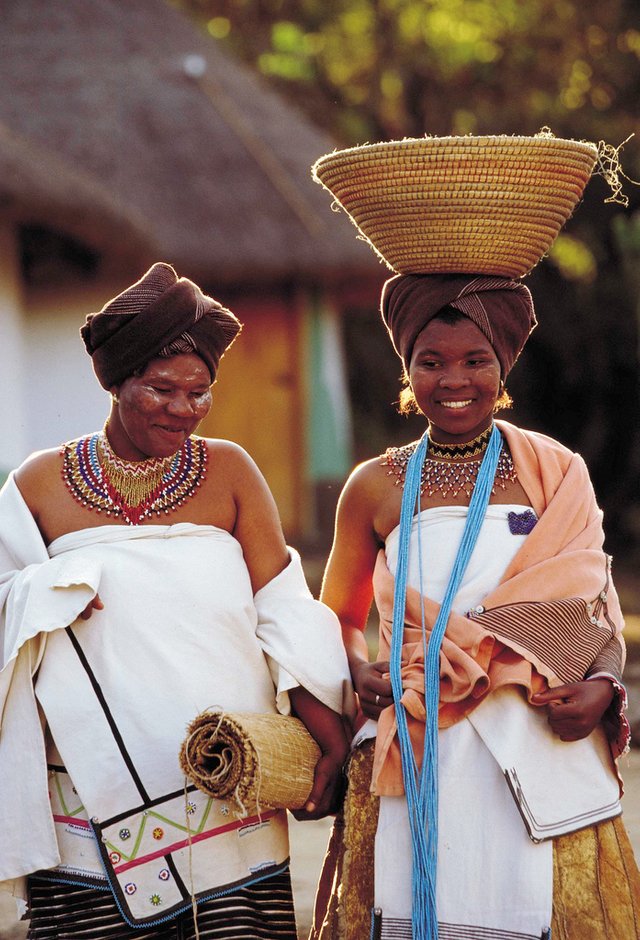
(licensed for re-use)
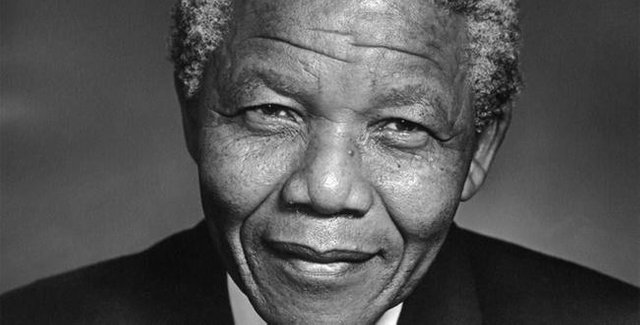
(licensed for re-use)
"The Xhosa are a South African cultural group who emphasize traditional practices and customs inherited from their forefathers. Each person within the Xhosa culture has his or her place which is recognized by the entire community. Starting from birth, a Xhosa person goes through graduation stages which recognize his growth and assign him a recognized place in the community. Each stage is marked by a specific ritual aimed at introducing the individual to their counterparts and also to their ancestors. Starting fromimbeleko, a ritual performed to introduce a new born to the ancestors, to umphumo (the homecoming), from inkwenkwe (a boy) to indoda (a man)." Wikipedia
Zulu
The Zulu are the largest African ethnic group in South Africa, currently with a population numbering about 10-11 million. Most of the Zulu live in the province of Kwa-Zulu Natal, where I also live! Our current president, Jacob Zuma is a Zulu.
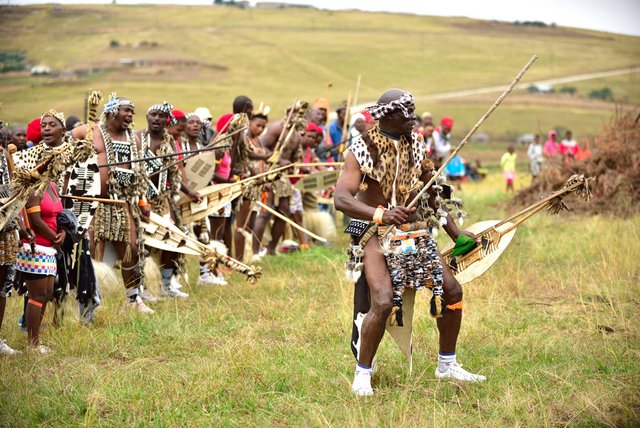
(licensed for re-use)
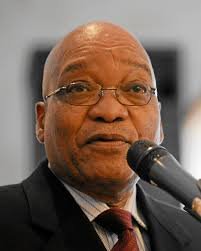
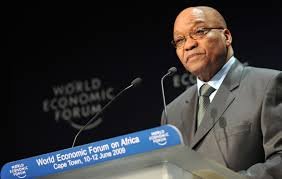
(licensed for re-use)
"Traditionally, the Zulu recognize several elements to be present in a human being: the physical body (inyama yomzimba or umzimba); the breath or life force (umoya womphefumulo or umoya); and the "shadow," prestige, or personality (isithunzi). Once the umoya leaves the body, the isithunzi may live on as an ancestral spirit (idlozi) only if certain conditions were met in life.[8][9] Behaving with ubuntu, or showing respect and generosity towards others, enhances one's moral standing or prestige in the community, one's isithunzi.[10] By contrast, acting in a negative way towards others can reduce the isithunzi, and it is possible for the isithunzi to fade away completely." Wikipedia
Southern Sotho (Basotho)
Many of the Southern Sotho people originate from Lesotho and there are around 4 million Sesotho speakers in South Africa. They are well known for the brightly coloured blankets that the women wear.
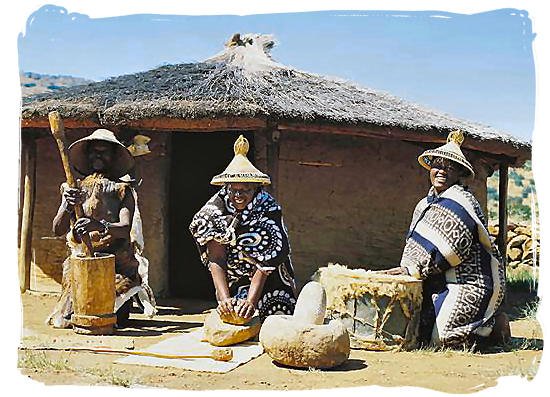
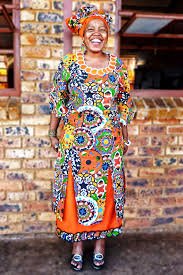
(image 1: www.south-africa-tours-and-travel.com image 2: licensed for re-use)
"In Sotho tradition, the man is considered the head of the household. Women are defined as farmers and bearers of children. Polygymous marriages (more than one wife) are not uncommon among the elite, but they are rare among commoners. Marriages are arranged by transfer of bohadi (bride wealth) from the family of the groom to the family of the bride. In Sotho, the words for father (ntate) and mother (mme) are used commonly as address forms of respect for one's elders. The general attitude toward childhood is well summarized by the proverb Lefura la ngwana ke ho rungwa, which roughly translates as "Children benefit from serving their elders." - See more at: http://www.sahistory.org.za/article/sotho-south-sotho-or-basotho#sthash.fjgoRurw.dpuf
Northern Sotho (Pedi)
The Northern Sotho, or Pedi (as they are more commonly known as) originate from the the Limpopo province and their population numbers almost 5 million people. Caster Semenya, the Olympic athlete is a well known Pedi.
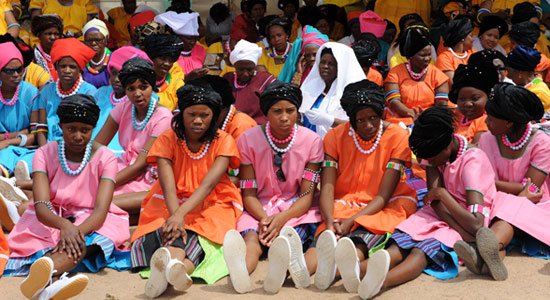
(image: blackpeoplehistory.tumblr.com )
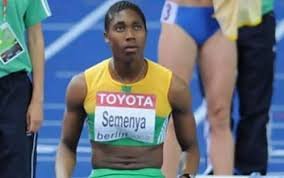
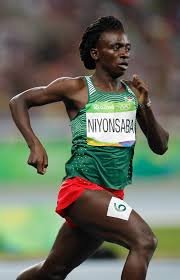
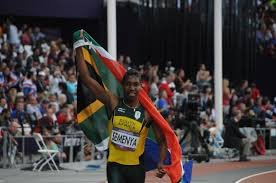 (licensed for re-use)
(licensed for re-use)
"Ancestors are viewed as intermediaries between humans and The Creator or God (Modimo/Mmopi)and are communicated to by calling on them using a process of burning incense, making an offering and speaking to them (go phasa). Animal sacrifice or the presenting of beer to the shades, on both the mother's and father's side can be done if necessary. A key figure in family ritual was the kgadi (father's older sister primarily). The position of ngaka (diviner) was formerly inherited patrilineally, but is now commonly inherited by a woman from her paternal grandfather or great-grandfather. This is often manifested through illness and through violent possession by spirits (malopo)of the body, the only cure for which is to train as a diviner. There is a proliferation of diviners in recent times, with many said to be motivated mainly by a desire for material gain." Wikipedia
Tswana
There are over 4 million Tswana people in South Africa, mostly from the North West Province and Northern Cape.
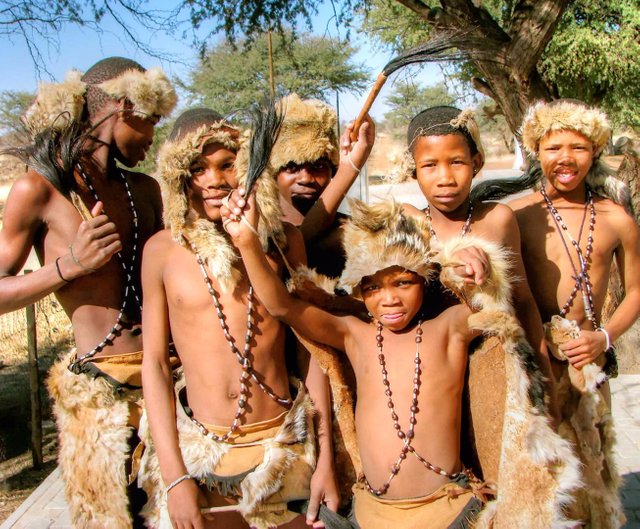
(image: www.traveltheworldaround.com)
"Tswana groups are noted for their capacity to absorb foreign peoples, to turn strangers into ‘their’ people, and to do so without compromising the integrity of their own institutions. Socioeconomic mechanisms such as mafisa (which provided for the lending of cattle) and the ward system of tribal administration facilitated the integration of foreigners. Not all peoples were welcomed into the Tswana fold; some remained foreigners, and some became subjects. The latter category includes peoples of the desert (Bakgalagadi and Bushmen) who are accorded a servile status termed ‘Batlhanka’ or ‘Boiata’." - See more at: http://www.sahistory.org.za/article/tswana#sthash.rbj77gjn.dpuf
Venda
Just under a million Venda speaking people call South Africa homeand are mostly found in the Limpopo province.
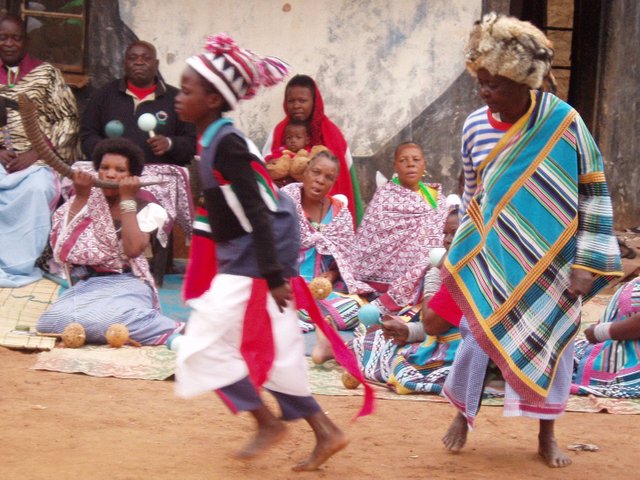
(image: www.youtube.com)
"The Venda culture is built on a vibrant mythical belief system, which is reflected in their artistic style. Water is an important theme to the Venda and there are many sacred sites within their region where the Venda conjure up their ancestral spirits. They believe zwidutwane, (water spirits), live at the bottom of waterfalls. These beings are only half-visible; they only have one eye, one leg, and one arm. One half can be seen in this world and the other half in the spirit world. The Venda would take offerings of food to them because the zwidutwane cannot grow things underwater." http://www.krugerpark.co.za/africa_venda.html
Tsonga
The Tsonga people in South Africa Live mostly in the Northern Province and the far northern Kwa-Zulu Natal coastal regions. There are over 2 million Tsonga speakers in South Africa. A notable Tsonga is Graca Machel, former South African and Mozambican First Lady.
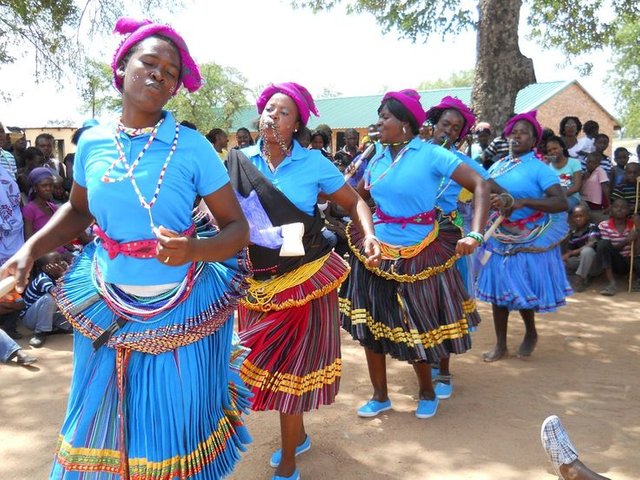
(image: www.pinterest.com)
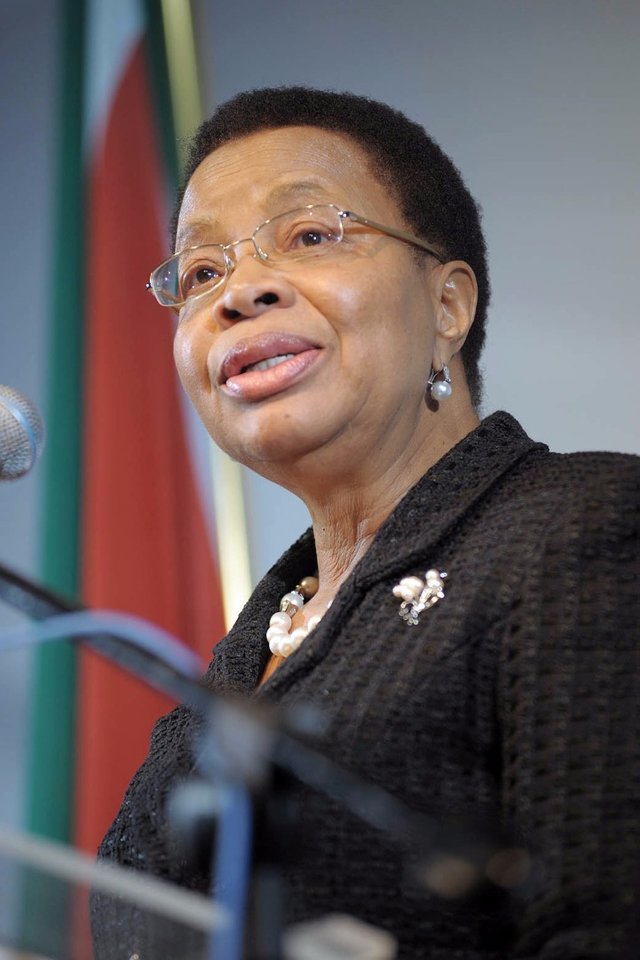
(licensed for re-use)
" Like most Bantu cultures, the Shangaans have a strong acknowledgment of their ancestors, who are believed to have a considerable effect on the lives of their descendants. Thetraditional healers are called n'anga. Legend has it that the first Tsonga diviners of the South African Lowveld were a woman called Nkomo We Lwandle (Cow of the Ocean) and a man calledDunga Manzi (Stirring Waters). A powerful water serpent, Nzunzu (Ndhzhundzhu), allegedly captured them and submerged them in deep waters. They did not drown, but lived underwater breathing like fish. Once their kin had slaughtered a cow for Nzunzu, they were released and emerged from the water on their knees as powerful diviners with an assortment of potent herbs for healing" Wikipedia.
Swati (Swazi)
The ethnic Swati population of South Africa numbers about 1,3 million. Many other Swatis (Swazis) live in neighbouring Swaziland.
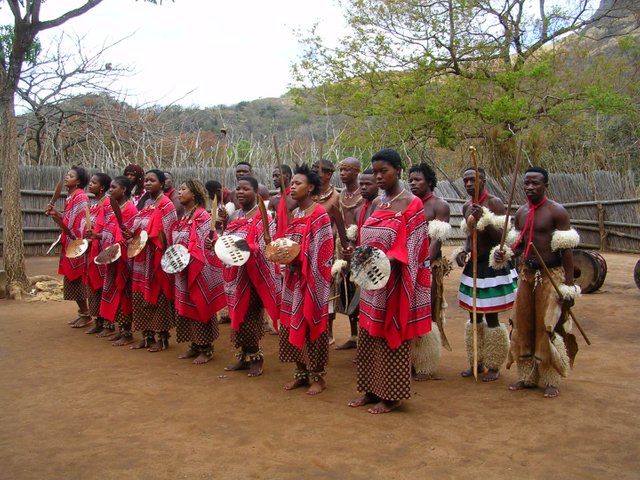
(licensed for re-use)
"Dancing and singing, including praise-singing, are prominent in Swazi culture. Pottery and carving were minor arts. Swazi marriage is called "umtsimba", it is usually on a weekend in dry season (June - August). Bride and her relatives go to groom's homestead on Friday evening. Saturday morning - bridal party sit by nearby river, eat beast (goat/cow) offered by groom's family; afternoon - dance in the groom's homestead. Sunday morning - bride, with her female relatives, stabs ground with a spear in man's cattle kraal, later she is smeared with red ochre. The smearing is the high point of marriage - no woman can be smeared twice." Wikipedia
Ndebele
The (Southern) Ndebele are prominent in Gauteng, Limpopo and Mpumulanga provinces, with a population totalling about 1,1 million.
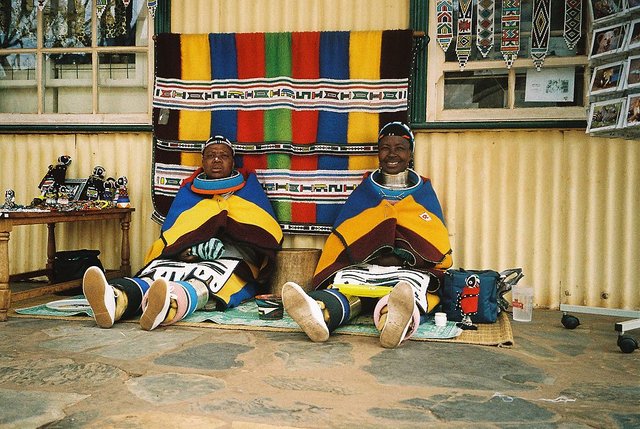
(licensed for re-use)
"Ndebele women traditionally adorned themselves with a variety of ornaments, each symbolising her status in society. After marriage, dresses became increasingly elaborate and spectacular. In earlier times, the Ndebele wife would wear copper and brass rings around her arms, legs and neck, symbolising her bond and faithfulness to her husband, once her home was built. She would only remove the rings after his death." Wikipedia
Afrikaans
Afrikaners descended predominantly from Dutch Settlers and Afrikaans evolved from mostly the Dutch language, but also has significant elements of French and German. There are around 3 million Afrikaners in South Africa.
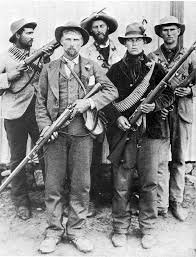
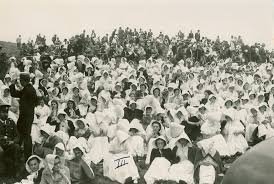

(licensed for re-use)
"Traditionally Christian, Calvinism of Boers in South Africa developed in much the same way as the New England colonies in North America. The original South African Boer republics were founded on the principles of the Dutch Reformed Church. In 1985, 92% of Afrikaners were members of Reformed churches." Wikipedia
And.....English
English people arrived in South Africa in 1820, and were of British origin. Four separate British colonies were formed, which united in 1910 to form the Union of South Africa. There are about 2-2,5 million white English speaking people in South Africa, including me! Most South African people can speak English, often as a second or third language.
The following cultures don't form part of the 11 official languages, but form an integral part of South African society, and we are greatly enriched by Indian (Hindu & Muslim), Coloured, Chinese and African immigrant populations. During the 1960's and 1970's there was also an influx of Portuguese, German and British people. All of this makes Heritage Day a very colourful occasion in our beautiful land! Can you smell the braai already?
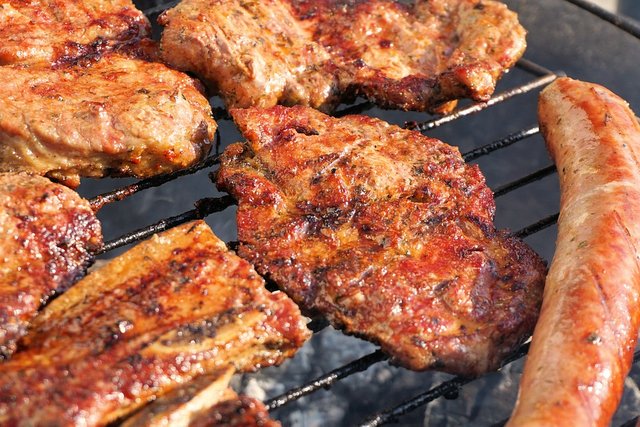 (licensed for re-use)
(licensed for re-use)
Thank you for reading! Please follow me @onetree
"The day is one of our newly created public holidays and its significance rests in recognising aspects of South African culture which are both tangible and difficult to pin down: creative expression, our historical inheritance, language, the food we eat as well as the land in which we live," said the Department of Arts, Culture, Science and Technology in 1996."Within a broader social and political context, the day's events are a powerful agent for promulgating a South African identity, fostering reconciliation and promoting the notion that variety is a national asset as opposed to igniting conflict."
http://www.southafrica.info/about/history/heritage-day-220916.htm#.V-VnHYh97rd#ixzz4L6LflqN6